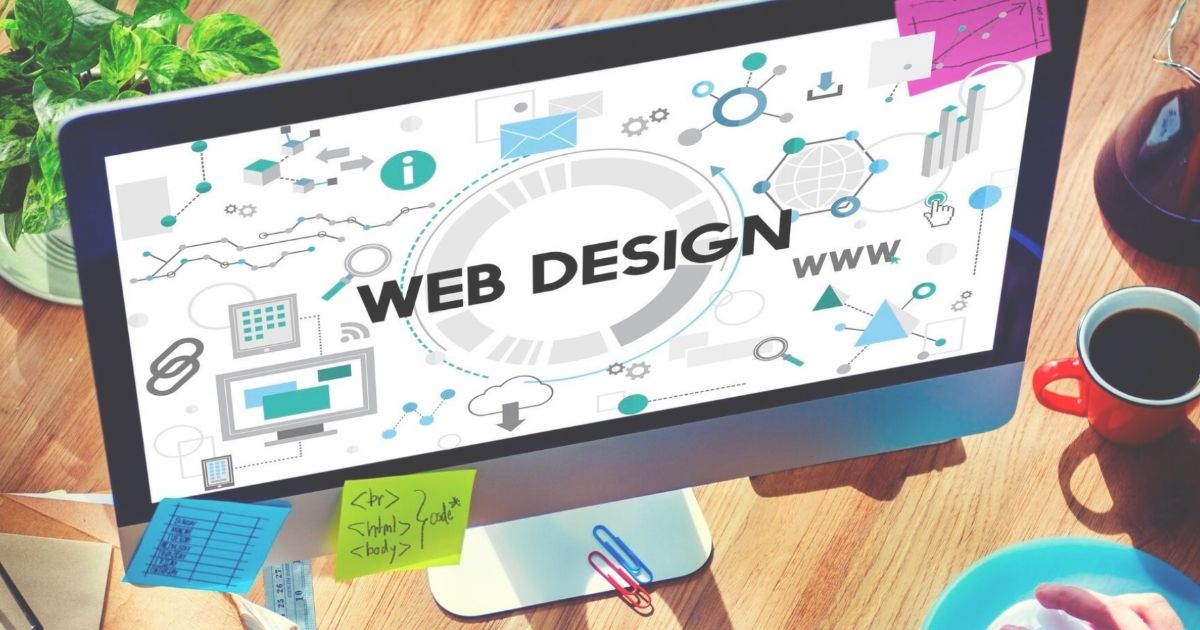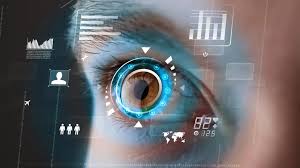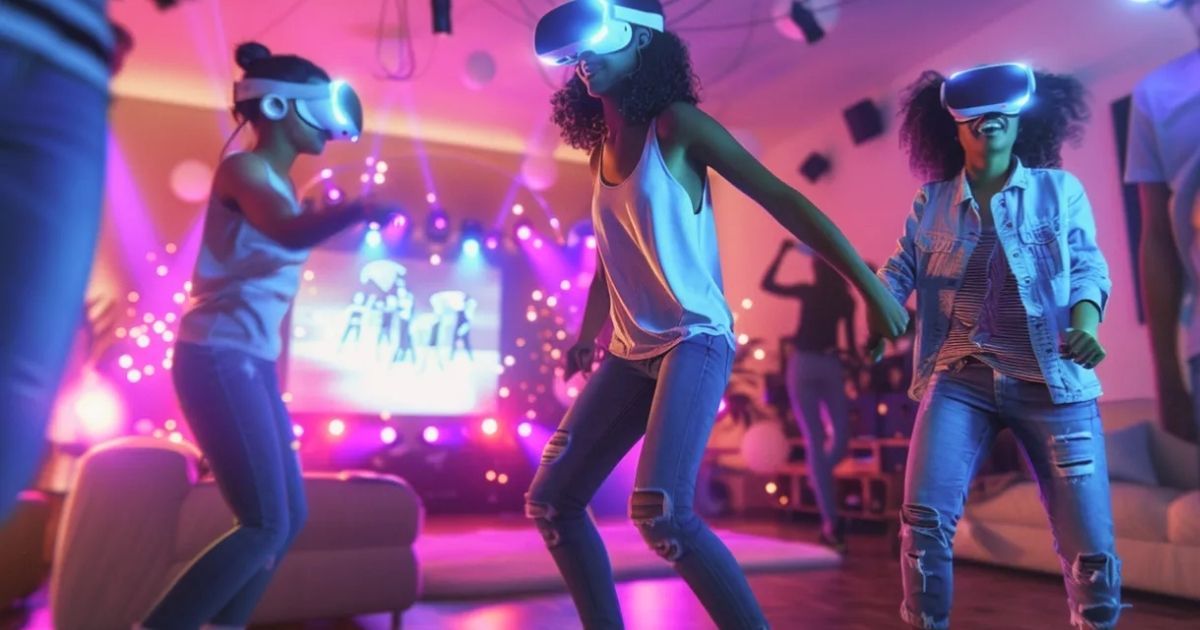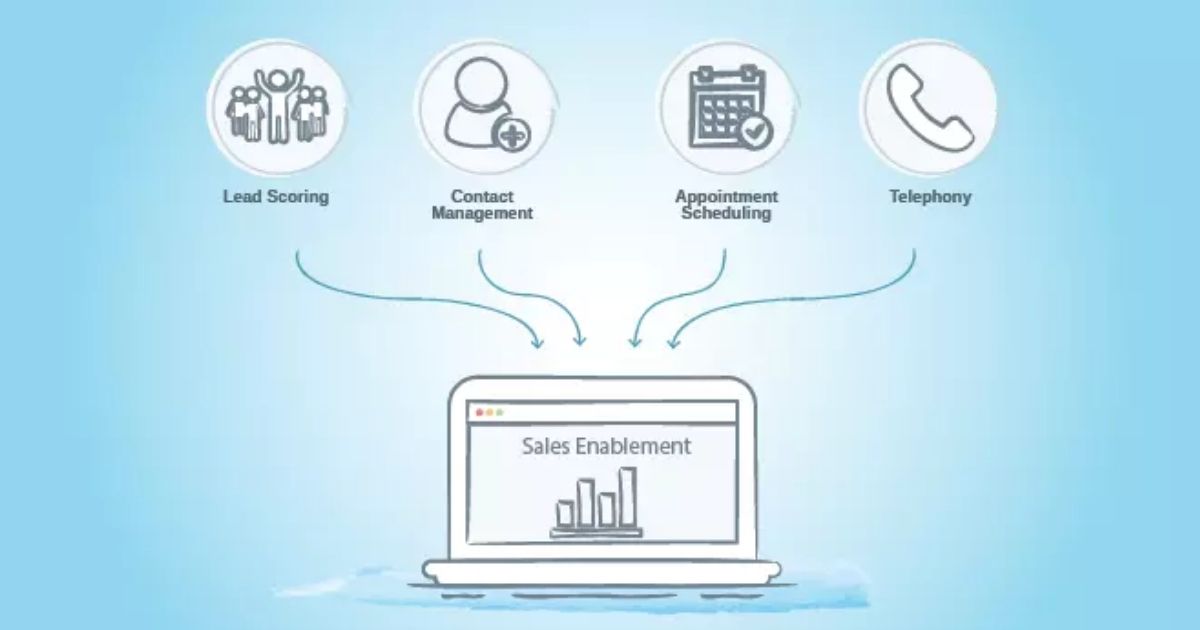Augmented Reality in Manufacturing is no longer experimental — it’s a pragmatic tool that closes the gap between digital engineering and physical production. By overlaying contextual instructions, 3D models, and live telemetry onto the worker’s view, AR reduces cognitive load and shortens the time from instructions to correct action. Manufacturers combine Augmented Reality with Virtual Reality in Manufacturing for immersive design validation and with Mixed Reality in Manufacturing for persistent spatial twins on the shop floor. Whether deployed on tablets, smart glasses, or WebAR-enabled devices, AR accelerates training, improves first-pass yield, and supports remote expert collaboration. For engineering teams, Augmented Reality in Engineering enables in-situ validation of CAD models, reducing late-stage design changes. If you plan to deploy an Augmented Reality System for Virtual Training of Parts Assembly, start with a modular pilot that measures onboarding time, error rates, and worker confidence. This introduction outlines the strategic impact and practical starting points; the following sections explore nine focused use cases and implementation tips to help you choose the right pilot and scale effectively.
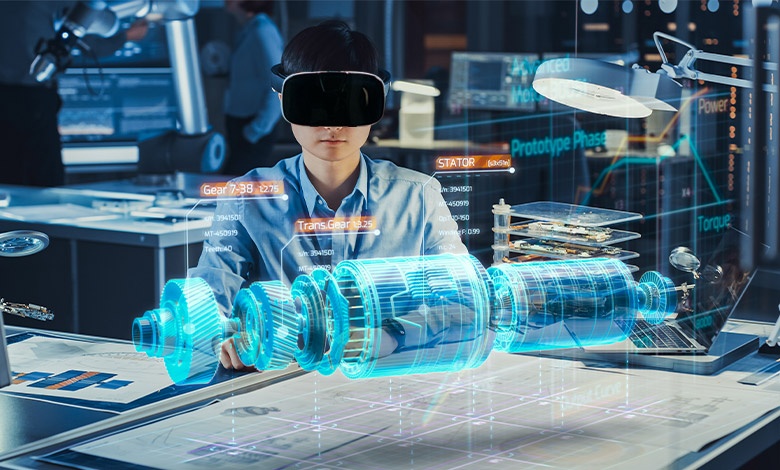
Assembly Guidance and First-Pass Yield Improvements
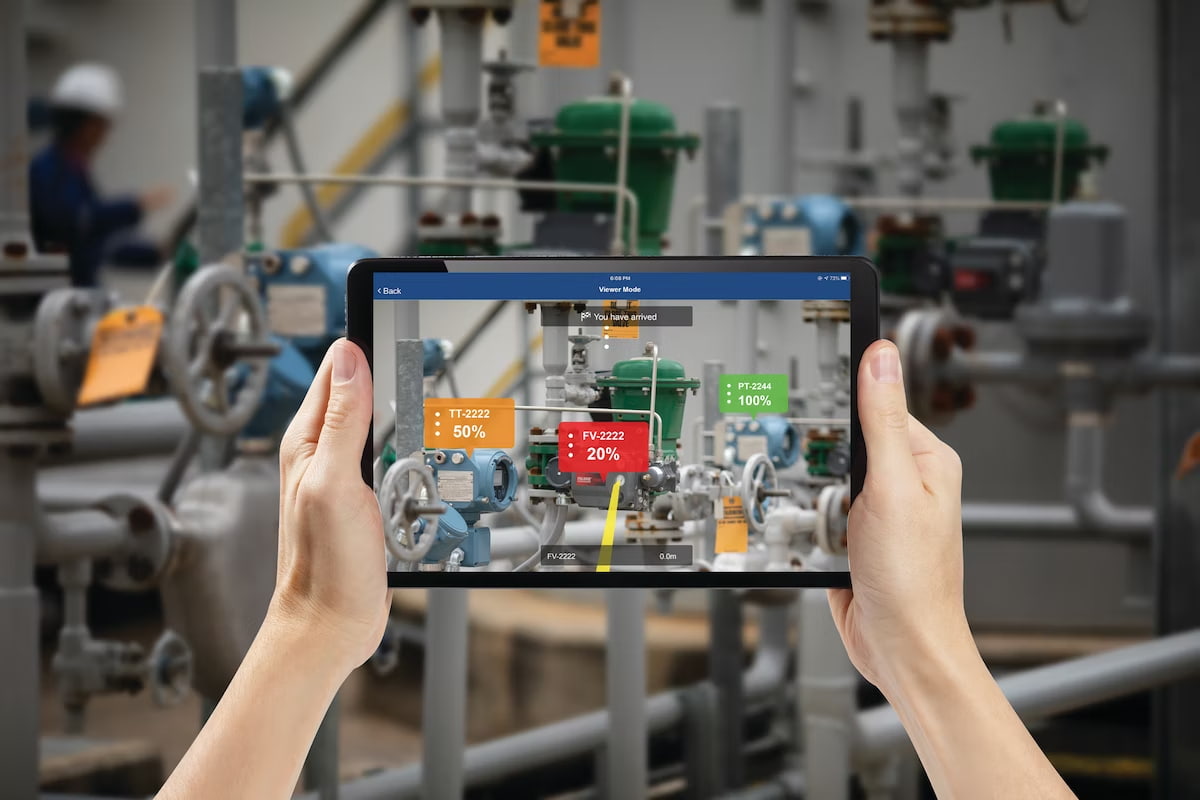
Augmented Reality in Manufacturing delivers step-by-step visual guidance directly onto parts and fixtures, helping assemblers place components correctly the first time. By integrating with PLM and CAD systems, AR overlays reflect the latest engineering revisions, avoiding costly mistakes from outdated drawings. Visual cues — arrows, color highlights, and part identifiers — reduce reliance on printed instructions and verbal coaching, while embedded torque specs and verification checkpoints enforce quality. When combined with computer vision, AR can automatically confirm part orientation and flag misalignments before rework. Measurable outcomes include reduced assembly time, improved first-pass yield, and fewer returns. Pilots should track assembly cycle time, defect rates, and operator error types. Choose hardware that fits your ergonomics — handheld devices for bench work, or smart glasses for hands-free operations. Over time, standardized AR workflows create repeatable quality across shifts and sites, and enable rapid scaling of complex assemblies without proportionally increasing skilled staffing.
Maintenance, Remote Assistance, and Downtime Reduction
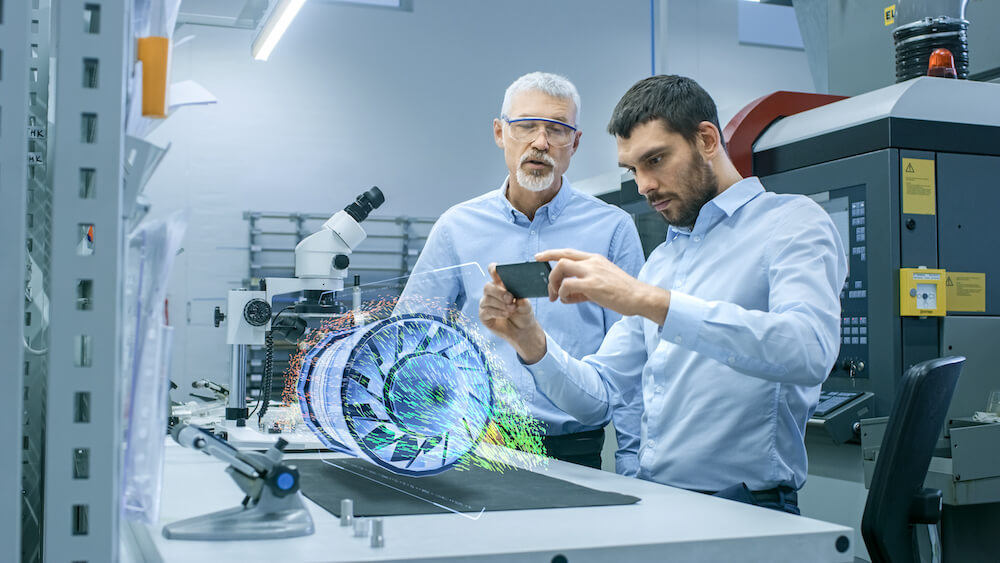
Maintenance teams use Augmented Reality in Manufacturing to overlay wiring diagrams, component IDs, and repair steps while viewing the actual equipment. AR remote assistance lets experts annotate a technician’s field of view in real time, significantly reducing mean time to repair (MTTR) and travel costs. Integrating AR with IoT data surfaces sensor telemetry and historical fault logs tied to specific components, helping technicians prioritize repairs based on condition rather than schedule. Hands-free AR on smart glasses is vital for safety-critical procedures where technicians must retain both hands. Secure access controls and versioned manuals protect sensitive service content. Start with high-value assets where downtime is most costly and measure MTTR, repeat failures, and service call frequency. Over time, AR-driven maintenance builds a searchable knowledge base that captures tribal expertise, enabling less-experienced technicians to resolve issues faster while preserving institutional know-how.
Virtual Reality in Manufacturing for Safe, Repeatable Training
Virtual Reality in Manufacturing complements AR by offering immersive, risk-free environments to practice complex or hazardous tasks. VR simulations allow trainees to rehearse assembly sequences, emergency shutdowns, and process changes without tying up physical equipment. Paired learning journeys — VR for initial familiarization and AR for on-the-job guidance — produce stronger skill transfer to the production line. VR also supports ergonomics and process flow validation before tooling or line changes, helping engineers spot accessibility issues early. Track competency through assessments embedded in VR modules and integrate results into LMS platforms for certification and workforce planning. For organizations deploying an Augmented Reality System for Virtual Training of Parts Assembly, consider workflows where VR ensures spatial understanding and AR enforces procedural correctness during live operations, yielding safer, faster, and more consistent outcomes.
Augmented Reality in Engineering: Design Validation On-Site
Augmented Reality in Engineering empowers design teams to project CAD models into real factory spaces, checking fit, clearance, and service access before committing to tooling or layout changes. Engineers and stakeholders can walk around proposed parts, toggle configurations, and annotate issues directly in the plant context. This on-site validation prevents late-stage design changes and reduces costly rework by surfacing manufacturability problems early. Linking AR views to BOMs, revision history, and PLM ensures decisions are traceable and based on current data. AR-assisted design reviews speed cross-functional alignment between engineering, production, and maintenance teams, and support concurrent engineering practices. For complex products, iterative AR validations help manage tolerances and assembly sequencing, improving downstream quality and shortening time-to-market.
Mixed Reality in Manufacturing for Digital Twins and Collaboration
Mixed Reality in Manufacturing blends spatially anchored digital twins with real-world context, creating collaborative environments where multiple users can inspect simulated scenarios anchored to actual machines. MR enables planners to visualize throughput overlays, capacity scenarios, and predictive maintenance alerts directly on the shop floor. Teams can jointly annotate problems, lock in changes, and persist comments across sessions, facilitating asynchronous collaboration. When paired with IoT, MR displays live performance metrics and projected remaining useful life for components, enabling proactive interventions. MR pilots should validate spatial mapping accuracy and latency under production lighting and layout conditions. Measurable benefits include better-informed layout decisions, reduced planning cycles, and faster root-cause analysis during disruptions.
Quality Inspection and Computer Vision Integration
Augmented Reality in Manufacturing enhances quality control by guiding inspectors with dynamic overlays that highlight critical tolerances and inspection checkpoints. When integrated with computer vision, AR can automate visual inspection tasks, instantly flagging deviations and showing corrective steps in situ. Inspectors receive contextual instructions, acceptance criteria, and the ability to capture annotated evidence tied to production records. This reduces human variability and accelerates sign-off processes. Metrics to monitor include inspection throughput, false positive rates, and defect detection improvements. Scalable AR inspection flows enable consistent quality across multiple shifts and plants, and the structured data captured supports trend analysis and continuous improvement initiatives.
AR Systems for Virtual Training of Parts Assembly: Scalable Onboarding
Augmented Reality systems for virtual training of parts assembly combine interactive 3D models with stepwise verification, enabling accelerated onboarding for new hires. Trainees perform simulated assembly tasks under AR prompts and must complete checkpoints to progress, while trainers monitor metrics like time-to-competency and error patterns. Adaptive flows tailor difficulty based on individual performance, using spaced repetition to improve retention. Integration with HR and production planning allows managers to align certified skills with line assignments. Start by creating modular training units for frequently changed assemblies and expand the library to cover the broader product family. Expected outcomes include reduced training time, fewer assembly errors, and more flexible staffing.
Implementation Roadmap and KPIs for Success
To implement Augmented Reality in Manufacturing effectively, begin with a clear business objective: reduce defects, shorten training time, or cut MTTR. Run a focused pilot on a single line or asset class, choose AR platforms that integrate with CAD/PLM and IoT, and select hardware appropriate for the task. Key performance indicators should include first-pass yield, assembly cycle time, MTTR, training hours to competency, and user satisfaction. Ensure content versioning, access controls, and an iterative content update process to keep AR overlays aligned with engineering changes. Engage champions on the shop floor early and gather qualitative feedback to complement metrics. With a measured rollout and governance, AR, together with Virtual Reality in Manufacturing and Mixed Reality in Manufacturing, can scale from pilot to strategic capability that improves quality, productivity, and workforce agility.
Start Small, Demonstrate ROI, Scale Fast
Augmented Reality in Manufacturing represents a practical avenue to improve assembly accuracy, accelerate training, and modernize maintenance operations. By combining AR with Virtual Reality in Manufacturing for training and Mixed Reality in Manufacturing for collaborative planning, organizations can reduce defects, shorten onboarding, and make data-driven decisions on the shop floor. Prioritize pilots with clear KPIs, integrate AR systems with PLM and IoT for a single source of truth, and measure outcomes to build a business case for scaling. If your goal is a seamless Augmented Reality System for Virtual Training of Parts Assembly, begin with modular content on a high-impact line and iterate based on operator feedback and performance metrics. Ready to pilot AR in your plant? Start with a workshop to map workflows, define success metrics, and select the minimal viable deployment that proves value fast.
Read more : 10 FRESH WAYS TO USE AUGMENTED REALITY AR IN YOUR NEXT PROJECT

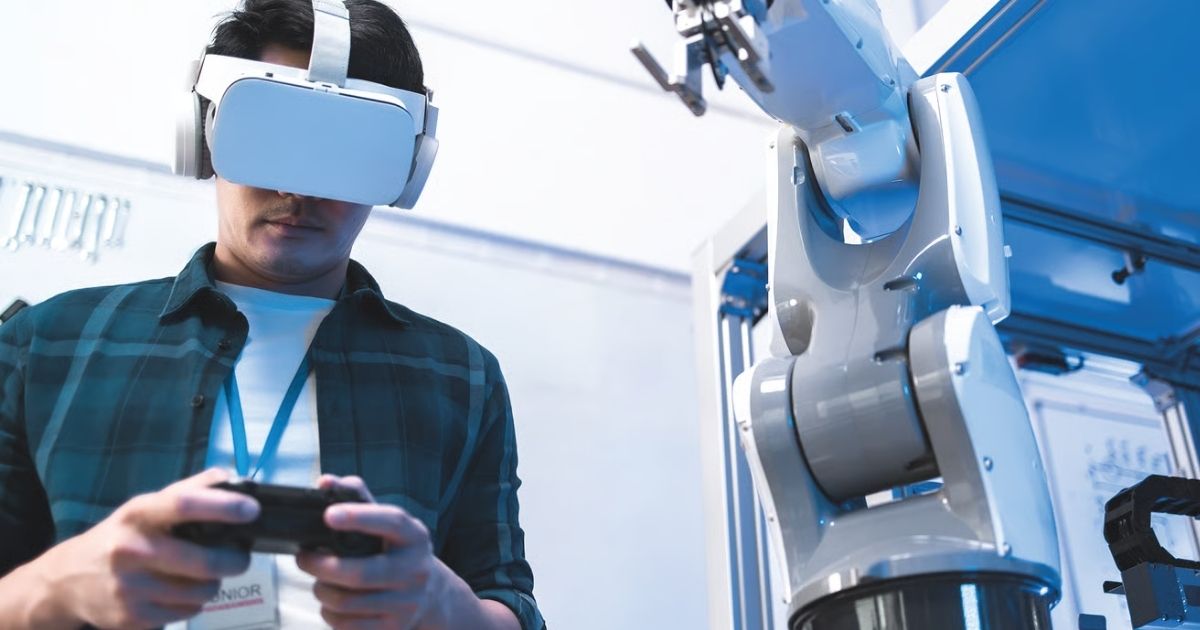

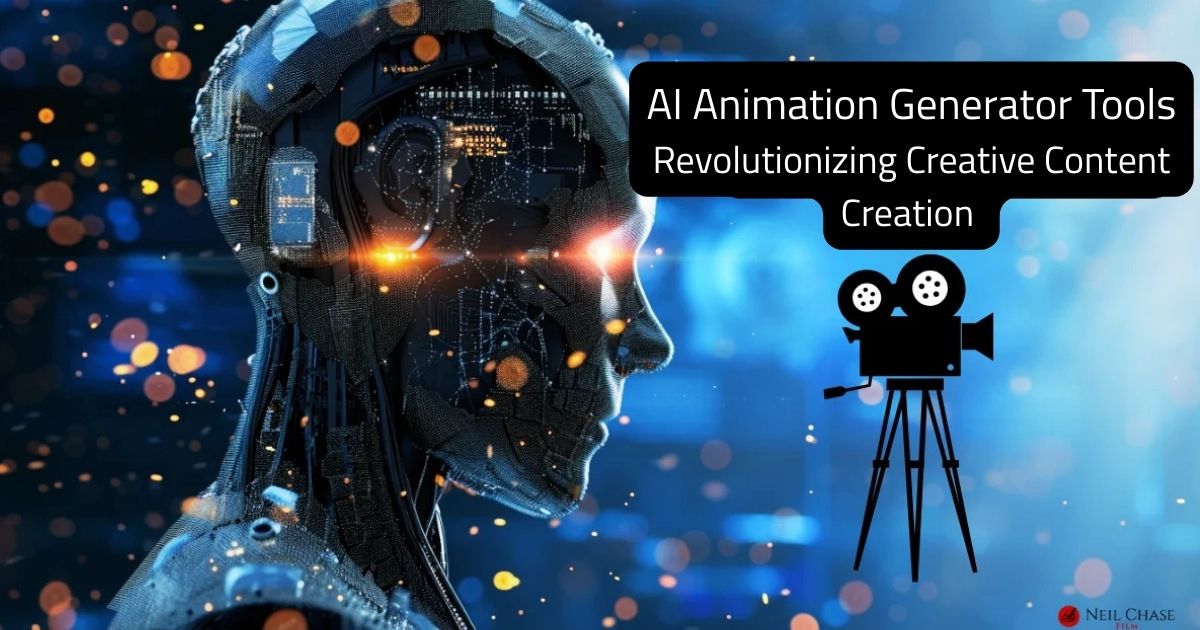

.jpg)
